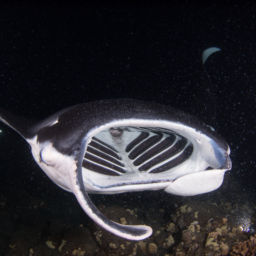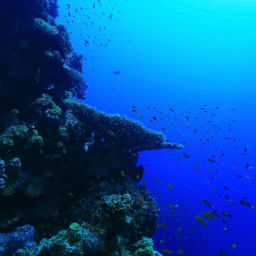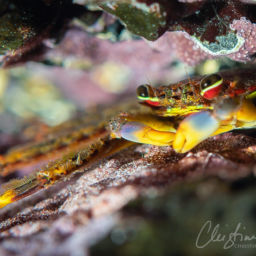Hawaii has become the first U.S. state to ban the sale and distribution of sunscreens containing oxybenzone and octinoxate. They’ve made this move because these two chemicals cause damage to coral reefs. Hawaii has taken this stance in a bid to protect Hawaiian coral reefs from further harm.
Damaging chemicals in sunscreen
The Hawaiian Islands are popular for beach and scuba-diving vacations, hosting large numbers of visitors (and their sunscreen), each year. Consequently, researchers have found high levels of oxybenzone and octinoxate at popular beaches and reefs in Hawaii, including in Oahu and Maui. The chemicals reach the ocean after beachgoers swim in the ocean or via water discharges from treatment plants.
A study in 2015 confirmed that these chemicals damage coral reefs in a variety of ways. They contribute to coral bleaching and coral mortality and cause adult male fish to become female. They also increase reproductive diseases in fish and mammals and can cause neurological behavioral changes in fish.
Oxybenzone has toxic effects at the equivalent concentration of just one drop in 6.5 Olympic-size swimming pools. With over 15,000 tons of sunscreen ending up on coral reefs around the globe annually, it’s easy to see how this chemical is impacting coral reefs such as those in Hawaii.
The new bill prohibits the sale and distribution of any sunscreen containing these two chemicals without a medical prescription. It does not, however, stop visitors from bringing sunscreens to Hawaii that contain those ingredients. It is up to each individual to look for reef-safe sunscreen and follow Hawaii’s great example. Thankfully there are a variety of reef-safe sunscreens available on the market.
This article was written by divers and writers at LiveAboard.com




